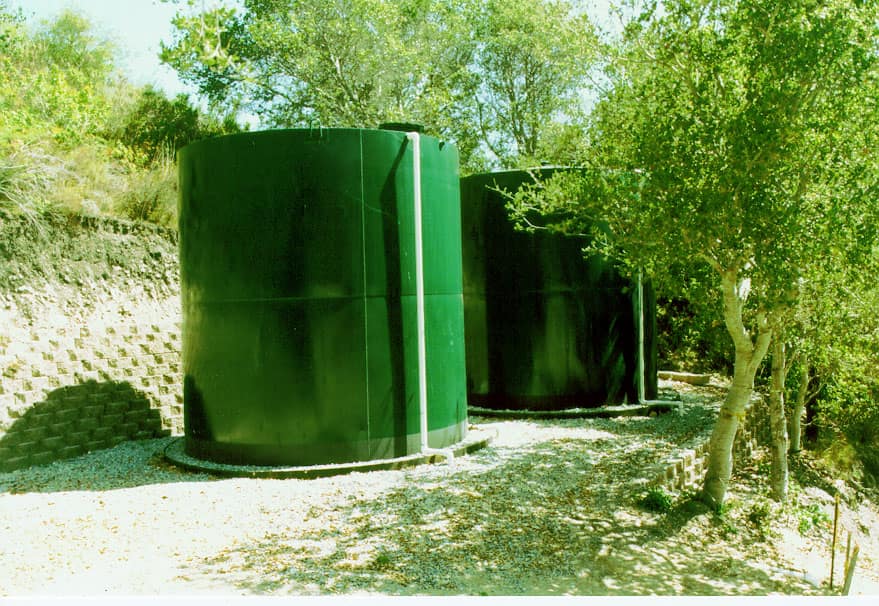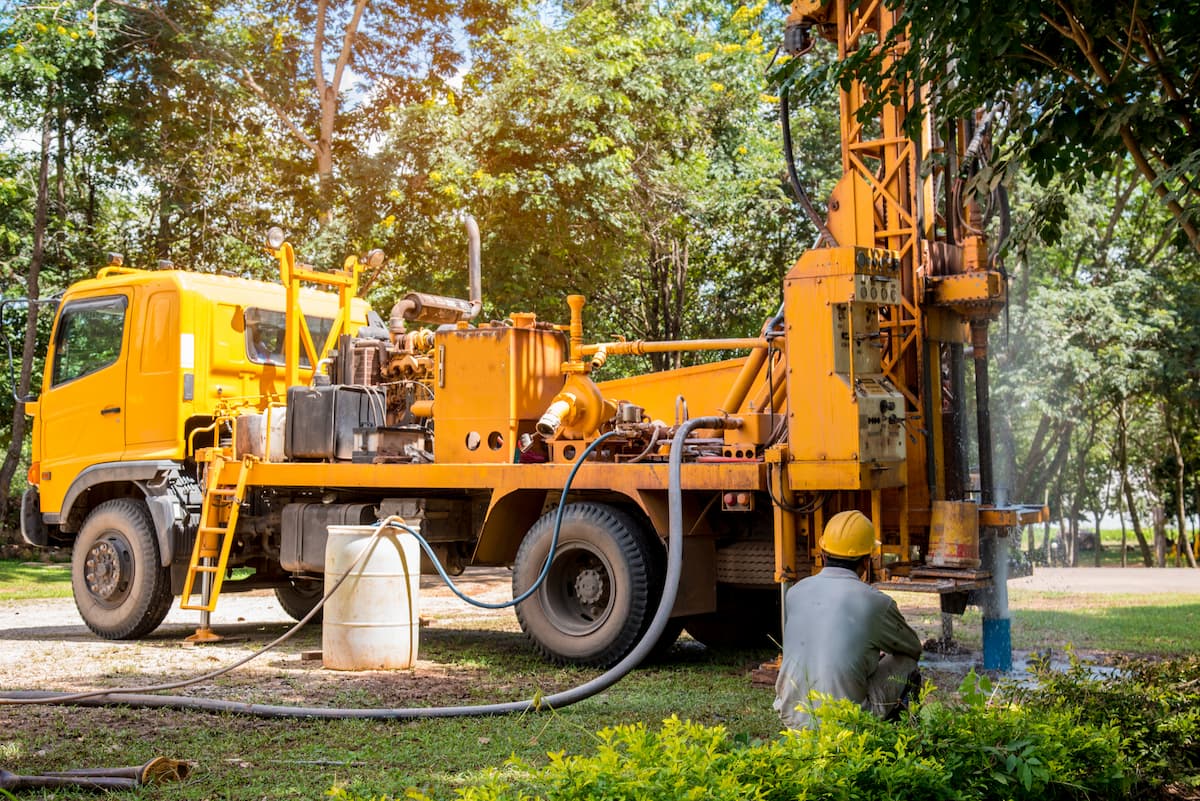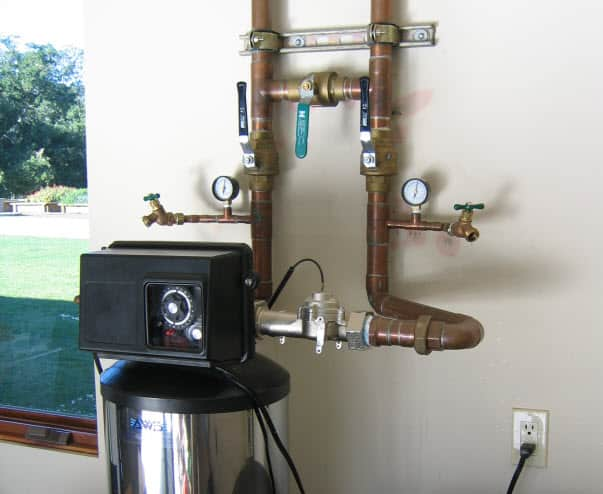Coliform Bacteria Testing: Why, How, and When
Testing for Coliform Bacteria in Well Water: Can I Do It at Home?
A common question we hear is:
“I’m mainly concerned with the safety of my well water. Can I test it myself for coliform bacteria?”
The short answer is yes — but with a few important considerations.
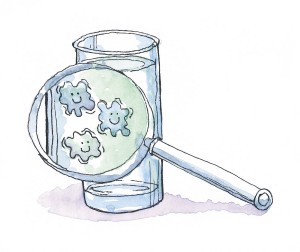
According to the USEPA, coliform bacteria are common in the environment and naturally occur in soil and plants. While coliforms may not always make you sick, their presence in well or spring water suggests contamination with germs that can cause disease, such as Giardia, Cryptosporidium, and other harmful parasites and bacteria.
Annual testing for bacteria, arsenic, and heavy metals is crucial to ensure your water remains safe for drinking and household use. A properly constructed and sealed well drawing from groundwater should not test positive for coliform bacteria.
Understanding E. coli in Well Water
E. coli (short for Escherichia coli) is a specific type of fecal coliform bacteria commonly found in the intestines of animals and humans.
The presence of E. coli in water is a strong indicator of recent sewage or animal waste contamination, which may carry a variety of disease-causing organisms.
If you suspect contamination, it’s best to have your water tested at a state-certified laboratory for coliform bacteria, nitrate, and other potential contaminants.
At-Home Coliform Testing Options
For a quick initial test at home, low-cost kits are available that can reliably detect coliform bacteria. We recommend the Coliform Bacteria EZ Cult 24-Hour Presence/Absence Test, which is EPA-compliant.
Here's how it works:
- The test media turns blue-green if coliform bacteria are present.
- E. coli growth is confirmed by a blue fluorescence under UV light. (A UV light can be purchased separately if needed.)
This simple, affordable option gives you fast results while helping monitor the safety of your well water.
If contamination is detected, it’s important to switch to bottled water for drinking and cooking until you can resolve the issue.
Read more about bacteria and wells here. If contamination is detected, it is important to use bottled water for drinking and cooking until the issue is resolved.
What Should I Test For?
Testing for bacteria is the only reliable way to know if your water is safe. You cannot tell by the look, taste, or smell of the water if disease-causing organisms are in it. Well-owners should test their water for coliform bacteria at least once a year and more frequently if bacteria has been a problem in the past.
Frequently, concentrations of pathogens from fecal contamination are small, and the number of different possible pathogens is large. As a result, it is not practical to test for pathogens in every water sample collected. Instead, the presence of pathogens is determined with indirect evidence by testing for an “indicator” organism such as coliform bacteria
The most basic test for bacterial contamination of a water supply is the test for total coliform bacteria. Total coliform counts give a general indication of the sanitary condition of a water supply.
Why Testing for Coliform Bacteria in Well Water Matters
Water quality plays a key role in protecting public health, especially for private well owners. Coliform bacteria, including E. coli, are indicators of contamination and may signal the presence of harmful pathogens from animal waste or surface runoff.
Unlike municipal systems, the EPA does not regulate private wells, so it's up to the owner to conduct regular water testing. Monitoring for total and fecal coliform bacteria helps ensure your drinking water is safe, especially for vulnerable populations like children and the elderly.
Why Regular Well Water Testing Is Essential for Safety
Well water testing is crucial in ensuring the safety and quality of drinking water from private wells. As a well owner, it is essential to test your well water regularly to detect any potential contamination, including coliform bacteria, fecal coliform bacteria, and other harmful germs and chemicals.
The Environmental Protection Agency (EPA) recommends testing for total coliform bacteria, nitrates, and other contaminants to ensure the water is safe for consumption. Regular testing can help prevent bacterial contamination, which animal waste, septic systems, and improper well construction can cause. By staying proactive and conducting regular tests, you can safeguard your water quality and protect your health.
Understanding Bacterial Contamination
Bacterial contamination of drinking water can occur through various sources, including septic systems, surface water, and improper well construction. Surface bacteria can contaminate wells, especially during floods or construction activities. Fecal coliform bacteria, such as E. coli, are commonly found in animal waste and can contaminate water supplies through runoff or direct contact. While most coliform bacteria are harmless, their presence in drinking water can indicate a risk of contamination with other harmful substances.
Shock chlorination is a common method for disinfecting water supplies and eliminating bacterial contamination, including E. coli and total coliform bacteria. Well owners should be aware of the potential sources of bacterial contamination and take steps to prevent it. Regular maintenance and testing are crucial to ensure your drinking water's safety and mitigate the risks associated with bacterial contamination. Routine disinfection is essential to keep the water disinfected.
Common Contamination Sources in Well Water
If poorly maintained or installed, septic systems are a major source of bacterial contamination in well water. Surface water runoff from lakes, rivers, or rainfall can also introduce harmful microbes. Inadequate well construction, such as poor casing or cap design, allows contaminants to enter directly into the water supply.
Always use a sterile bottle when collecting a water sample and follow proper procedures. Run the tap for a few minutes and avoid using drinking or kitchen taps to prevent cross-contamination. Proper sampling is essential to detect indicator bacteria, which signal potential microbial risks.
Contamination can also result from animal waste entering the water via runoff or nearby activity. Identifying and managing local contamination sources helps well owners protect their water quality and health.
Testing Methods
Various testing methods are available for well water, including laboratory tests and DIY test kits. Laboratory tests are the most accurate and reliable method, capable of detecting a wide range of contaminants, including total coliform bacteria, fecal coliform, and E. coli. DIY test kits are also available and can be a convenient option for initial screening, though they may not be as precise as laboratory tests.
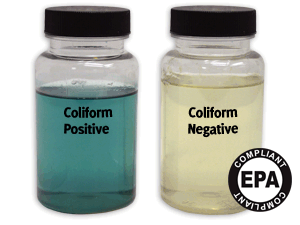
When collecting a water sample, using a sterile sample bottle and following proper sampling procedures is essential to avoid contamination. The sample should be taken from a tap that is not used for drinking or cooking, and the tap should be allowed to run for a few minutes before collecting the sample. This ensures that the sample is representative of the water in your well.
Interpreting Test Results
Interpreting test results can be complex, but it is essential to understand the results to take necessary actions to ensure the safety of your drinking water. If the test results show the presence of total coliform bacteria, it may indicate bacterial contamination, and further testing may be necessary to determine the source of the contamination.
If the test results show the presence of E. coli or fecal coliform, it may indicate contamination with animal waste or human sewage, and shock chlorination may be necessary to disinfect the well. It is essential to consult with a certified laboratory or a water treatment professional to interpret the test results and determine the necessary actions. Taking prompt and appropriate measures can help ensure your water remains safe to drink.
Preventing Future Contamination
Preventing future contamination is crucial to ensuring the safety and quality of your drinking water. Regular well maintenance, including inspecting the well cap and casing, can help prevent contamination. It is also essential to keep the well area clean and free of animal waste, septic systems, and other potential sources of contamination.
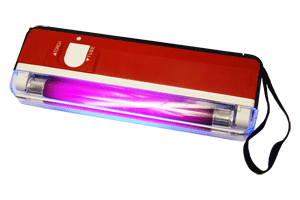
Additionally, using ultraviolet light or other disinfection methods can help kill bacteria and other microorganisms that may be present in the water. Regular testing and maintenance can help prevent bacterial contamination and ensure the water is safe for consumption. Well owners should also be aware of the possible causes of contamination, including improper well construction, animal feces, and septic systems, and take necessary actions to prevent contamination. By taking these steps, well owners can help maintain the quality and safety of their drinking water and prevent serious illness.
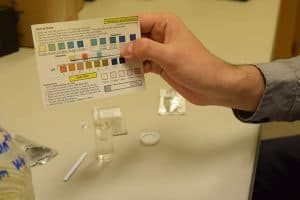
For more help on removing bacteria from your water, visit our Bacteria page on our Water Problems tab.
If you still have questions, don’t hesitate to e-mail us at support@cleanwaterstore.com, leave us a message on Facebook, or use our online contact form for prompt, personalized assistance from our trained professionals. Thanks for reading!


